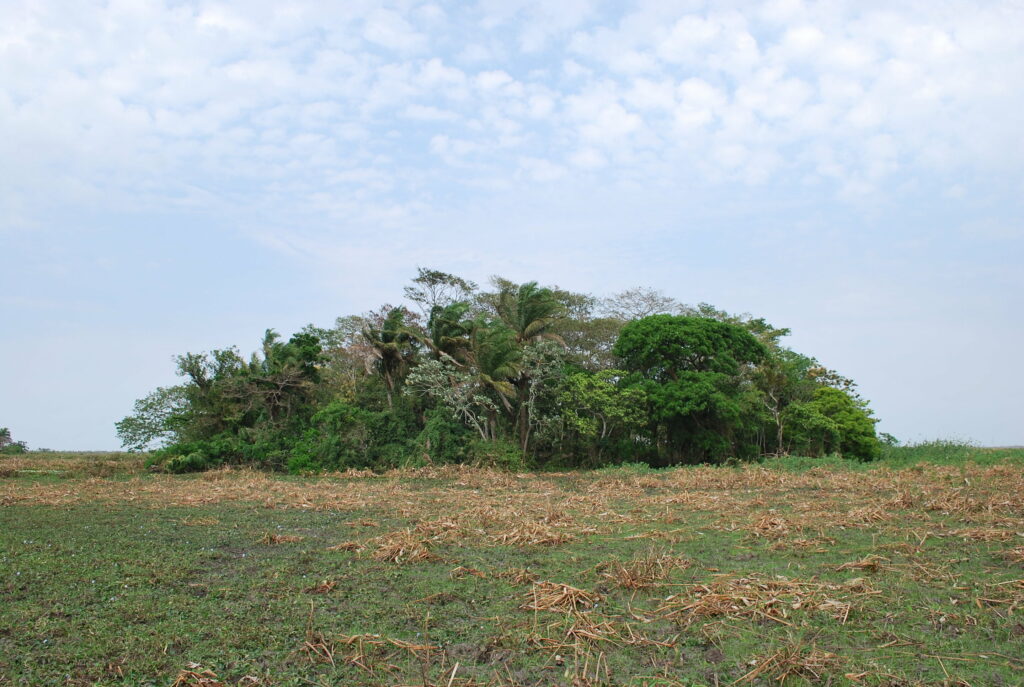The Amazon is a vast region that spans across eight rapidly developing countries in Latin America. Harboring half of the planet’s remaining tropical forest, it is one of the most important biodiversity hotspots of the world.

The Amazon is now severely affected by deforestation, both legal and illegal, mainly to make room for agriculture. While this effect was seen as being something recent, some regions of the Amazon were now found to have been profoundly altered by humans dating back 10,000 years.
Crops were first domesticated in China, with the extensive use of rice, in the Middle East, with grains and pulses, Mesoamerica, with beans and squash, and the Andres, with potatoes and quinoa. But those weren’t the only regions that engaged in agriculture.
Everybody was kung-fu-farming
A study discovered a fifth global domestication area of early agriculture in the southwestern Amazonia. Squash, manioc and other edibles were used as garden plants during the early Holocene, over 10.000 years ago, modifying the landscape in the region.
“Our results confirm the Llanos de Moxos as a hotspot for early plant cultivation, and demonstrate that ever since their arrival, humans have caused a profound alteration of Amazonian landscapes, with lasting repercussions for habitat heterogeneity and species conservation,” the researchers wrote.
Located in Bolivia, the Llanos de Moxos is a savannah of approximately 48,700 square miles in southwestern Amazonia. It has a landscape dotted by earthworks, including raised fields, mounds, canals, and forest islands. The researchers looked at the forest islands located within the vast savannah for signs of early gardening.
“We basically mapped large sections of forest islands using remote sensing,” said José Capriles, assistant professor of anthropology, Penn State. “We hypothesized that the regularly shaped forest islands had anthropic origin.”
There are more than 4,700 artificial forest islands in the Llanos de Moxos savannah according to the researchers, who looked at approximately 30 of these islands and showed that many might have served as human planting areas.
“Archaeological evidence for plant domestication is very poorly available, especially in Amazonia where the climate destroys most organic materials,” said Capriles. “There is no stone in this area because it is an alluvial plain (water deposited) and it is hard to find evidence of early hunter-gatherers.”
Amazonian crops
The researchers analyzed phytoliths, tiny mineral particles that form inside plants, from radio-carbon-dated samples taken from forest island archaeological excavations and sedimentary cores. The shape of the silica-based phytoliths depends on the plants in which they form, allowing archaeologists to identify the plants that were grown in the forest islands.
The team found evidence of manioc 10,350 years ago, and squash 10,250 years ago. Early maize appears 6,850 years ago. Manioc, squash, maize and other carbohydrate-rich foods such as sweet potato and peanuts probably made up the bulk of the diet in Llanos de Moxos, supplemented by fish and large herbivores.
Researchers have argued for many years that this area was a probable center of early plant domestication because many important cultivars like manioc, squash, peanuts and some varieties of chili pepper and beans are genetically very close to wild plants living here.
The data indicate that the earliest inhabitants of Southwestern Amazonia were not just hunter-gatherers, but engaged in plant cultivation in the early Holocene. The earliest people in the area may have arrived in the region already possessing a mixed economy.
“It’s interesting in that it confirms again that domestication begins at the start of the Holocene period, when we have this climate change that we see as we exit from the ice age,” said Lombardo. “We entered this warm period, when all over the world at the same time, people start cultivating.”
The study was published in the journal Nature.


